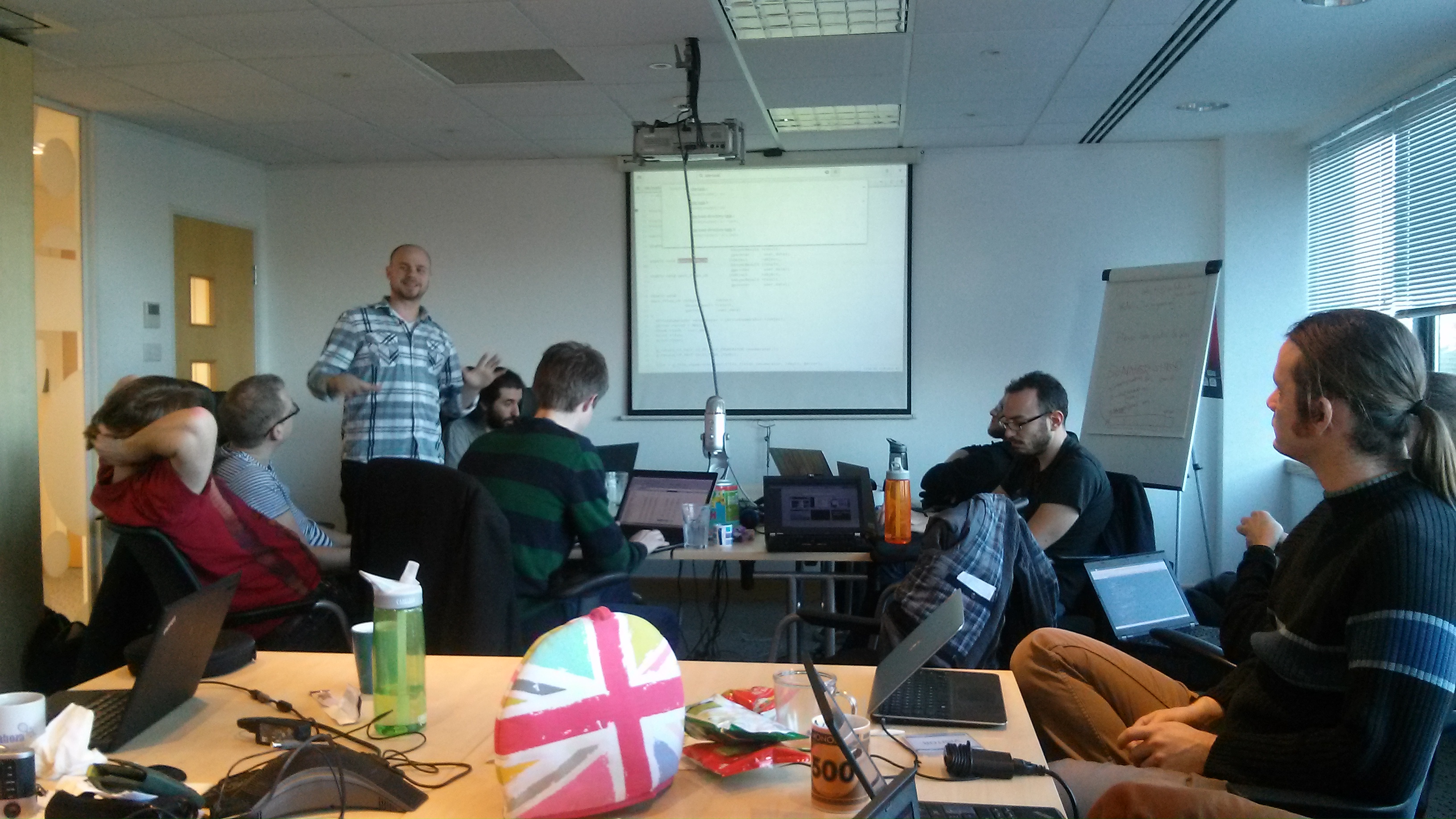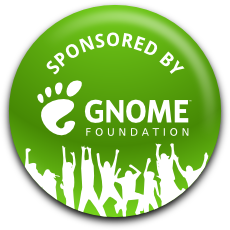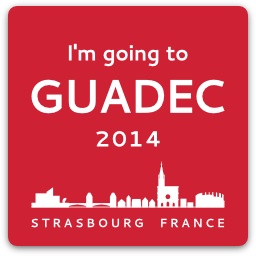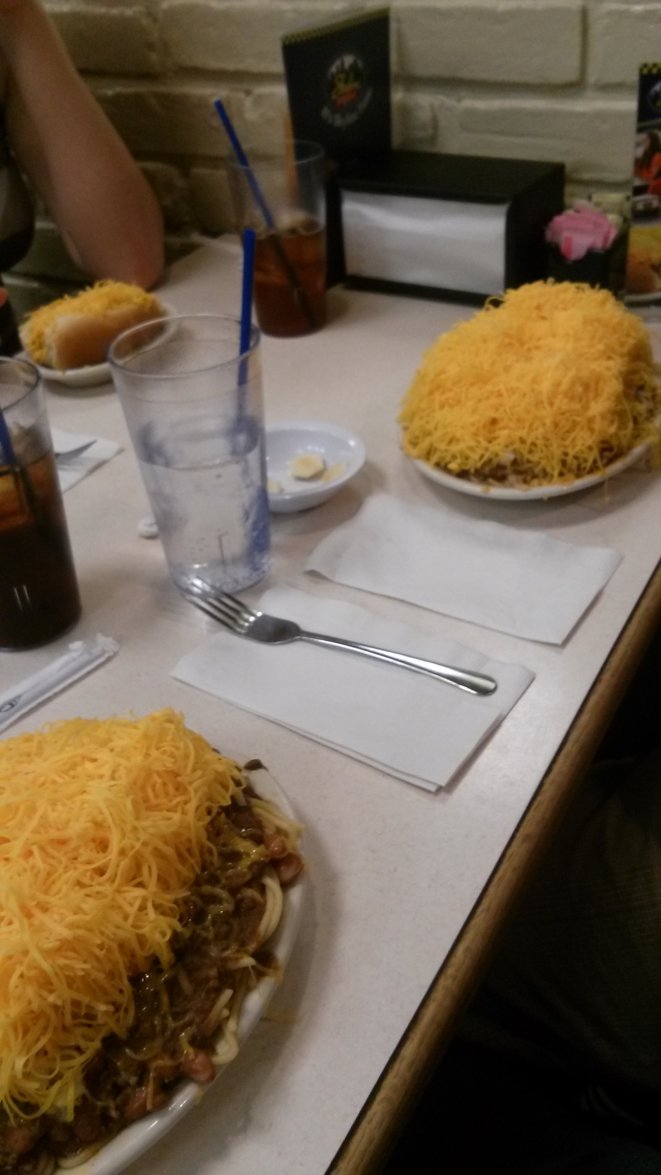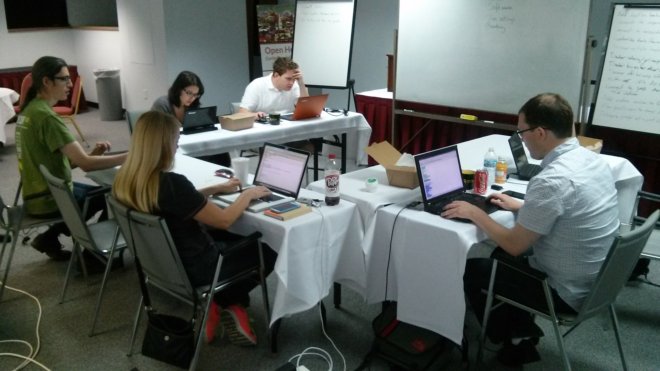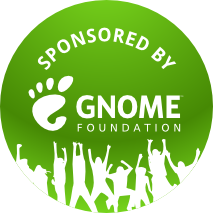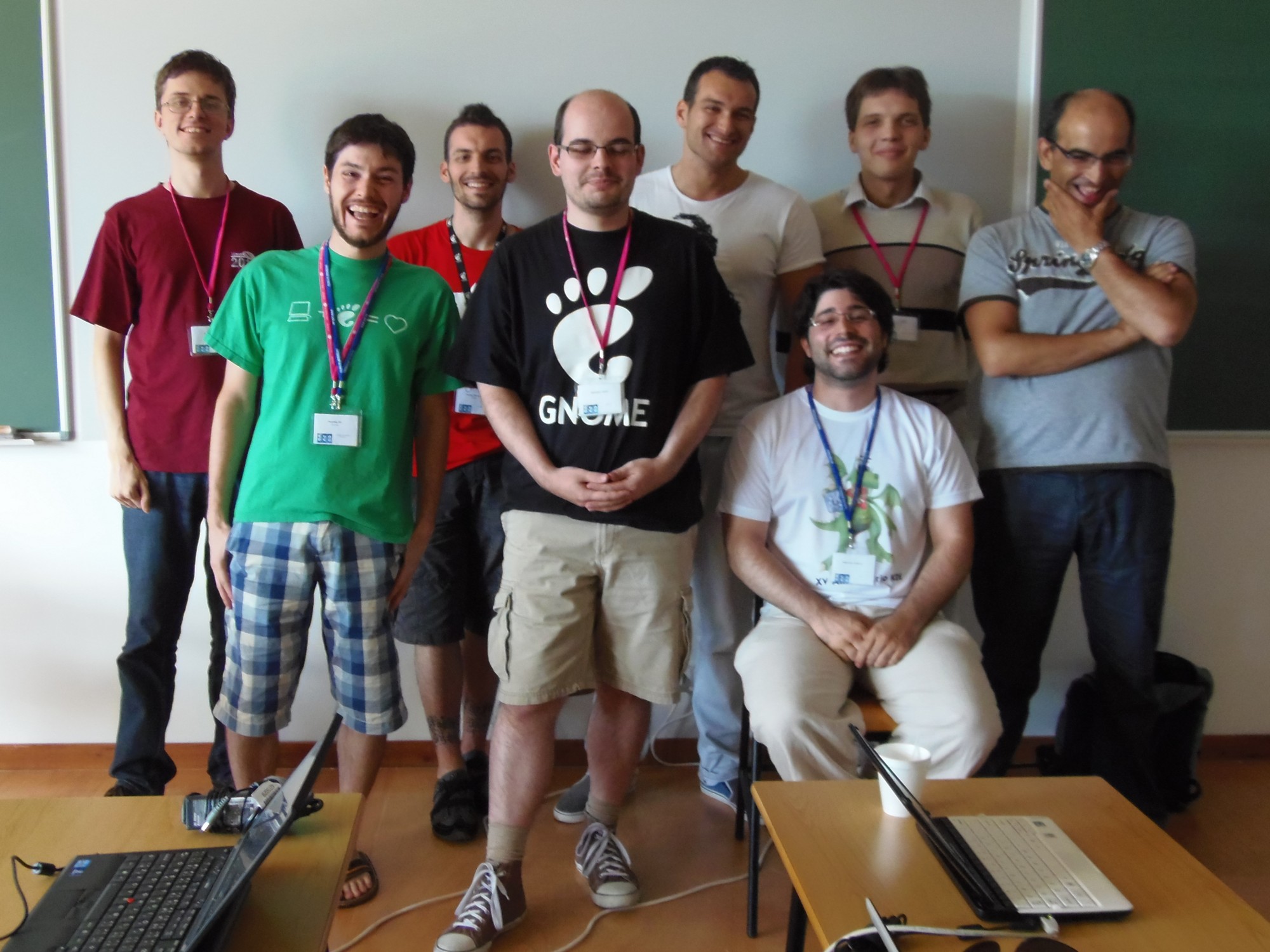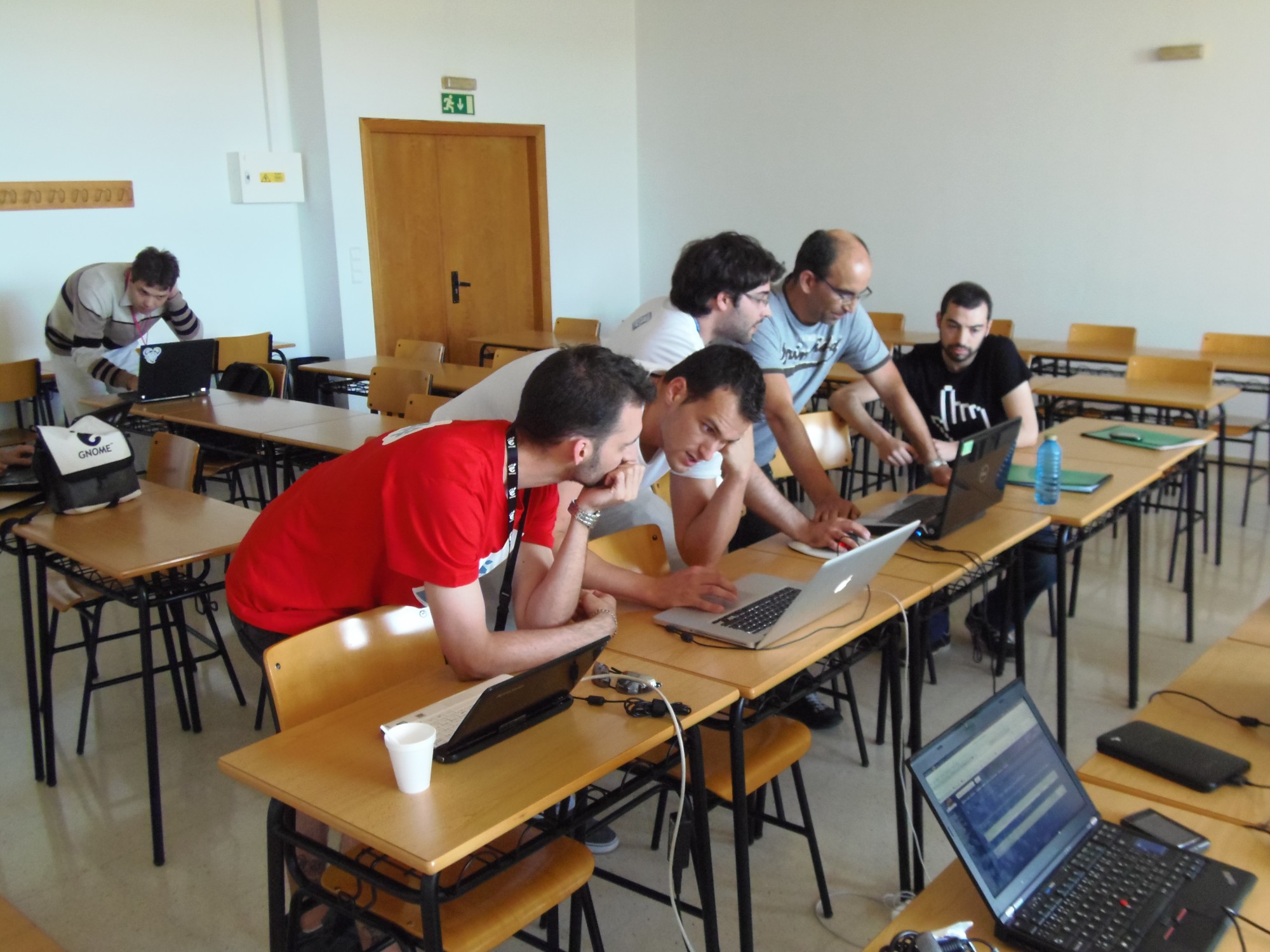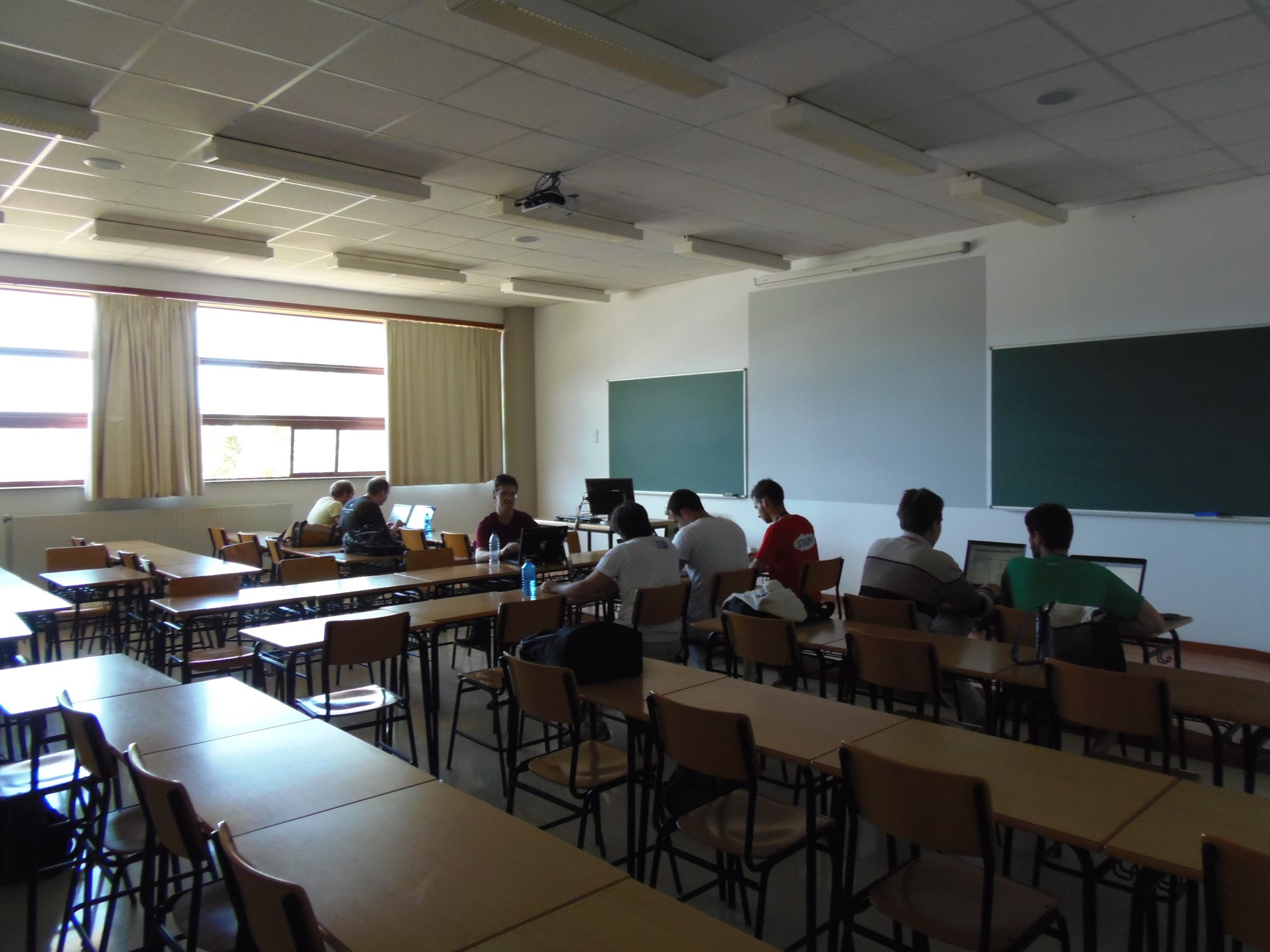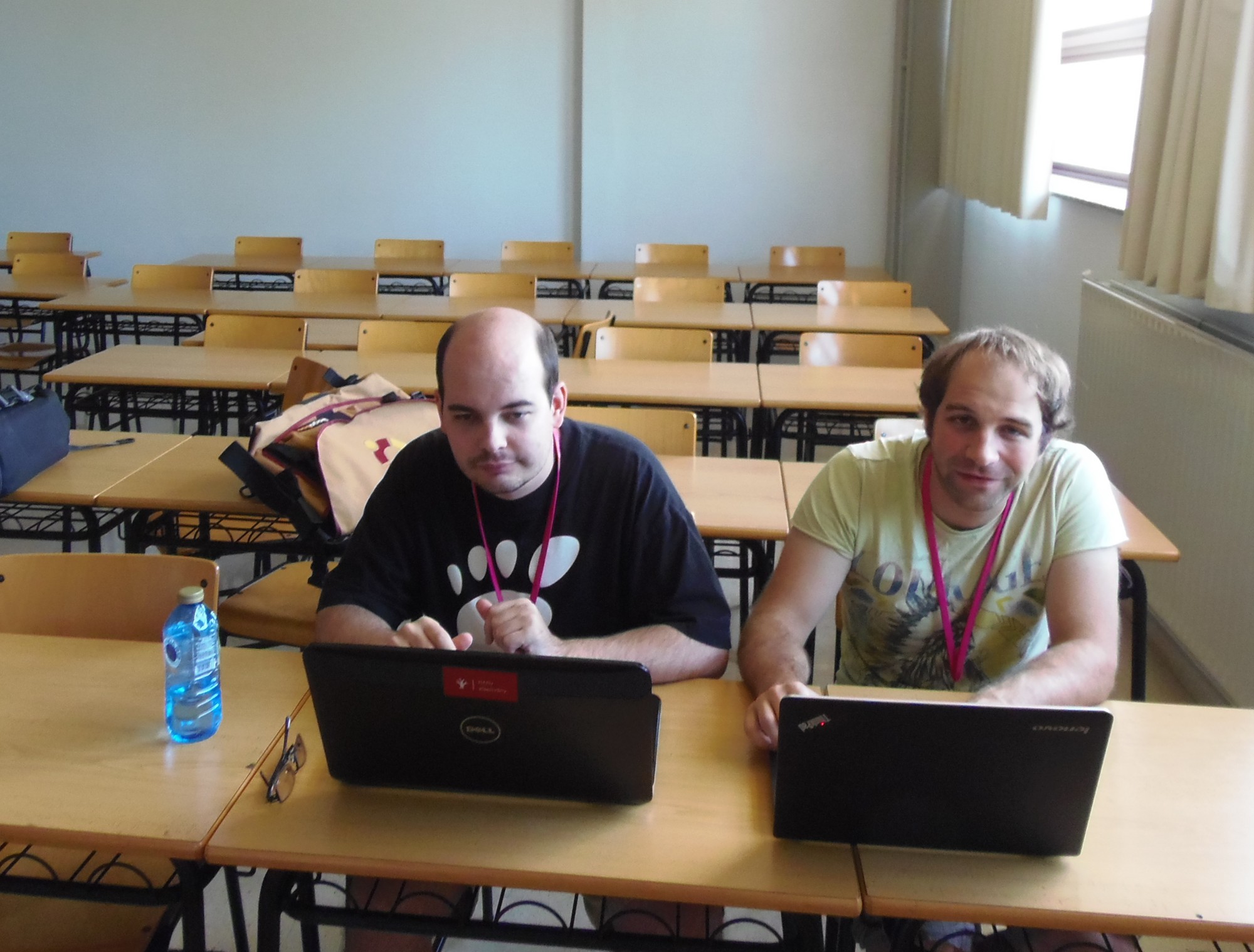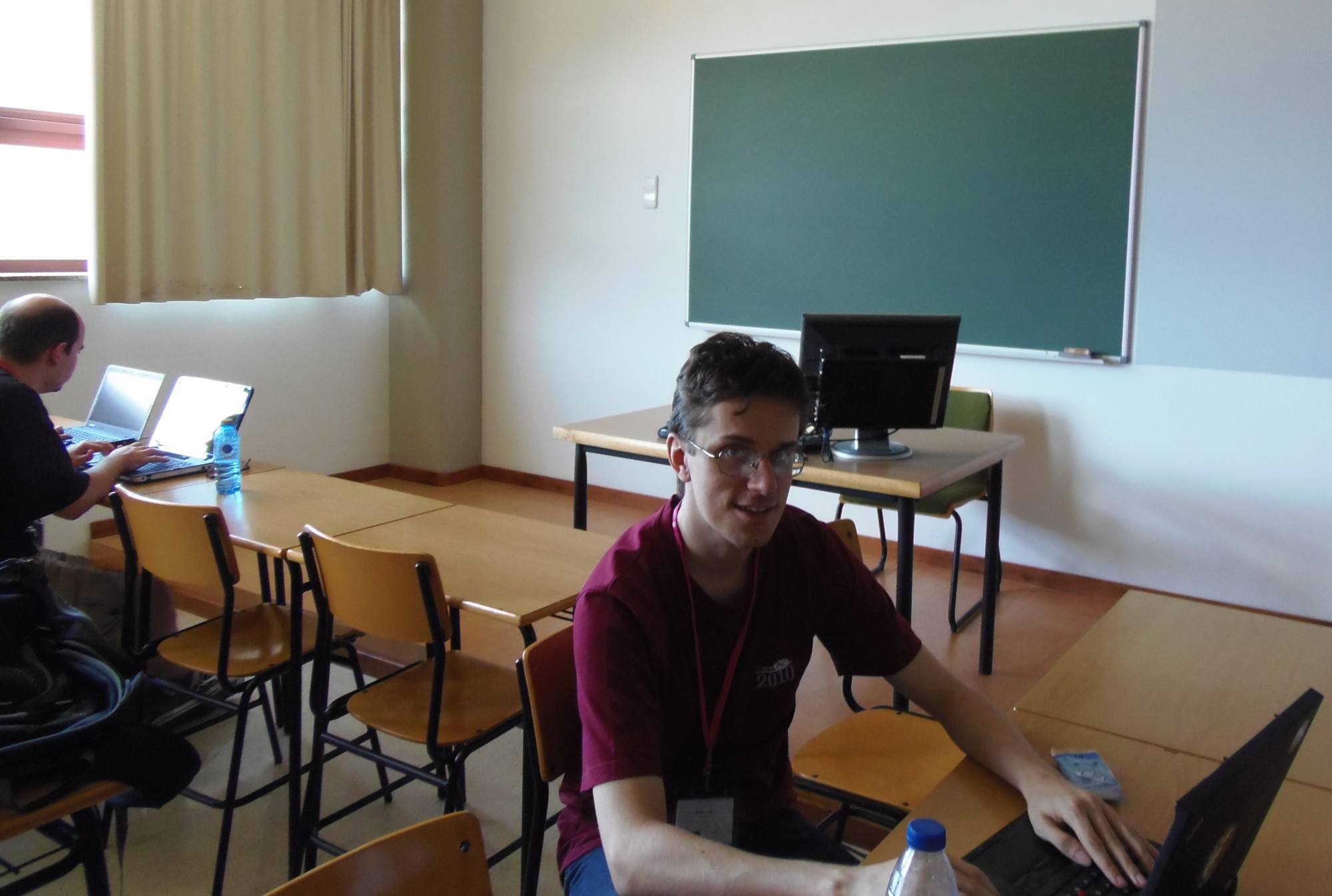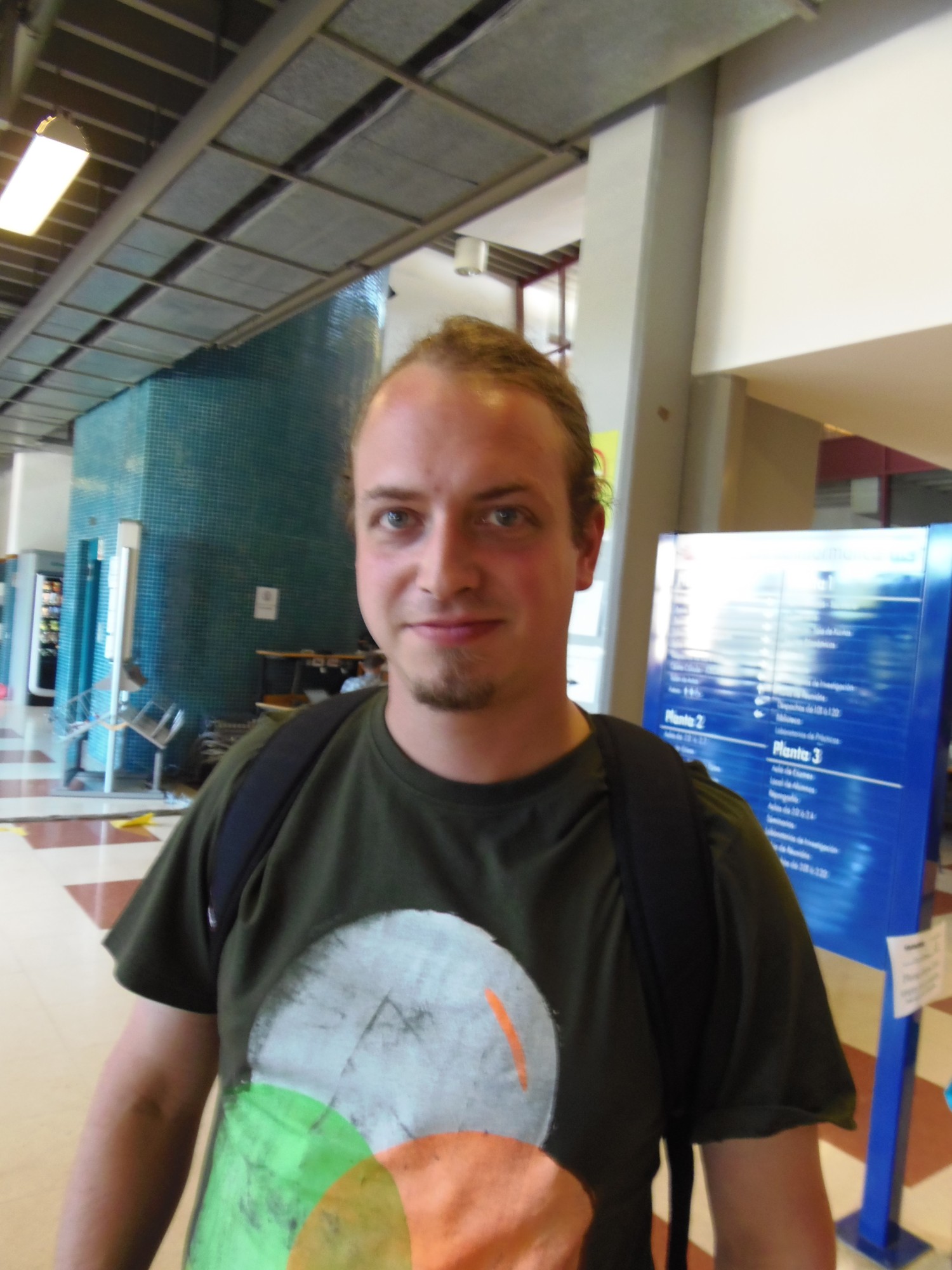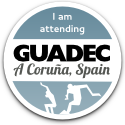I’m here in lovely Cambridge for the winter GNOME docs hackfest. This time, the docs team is sharing a room with the Developer Experience (DX) hackfest, which provides us with a great opportunity to reach out to GNOME developers for expert’s advice.
Yesterday, Christian Hergert presented a new GNOME IDE in development, called Builder:
Builder comes with a feature-rich text editor that can also be useful for documentation writers who often author documents in XML.
Cosimo Cecchi showed us some of the downstream changes the Endless team made to gnome-user-docs and gnome-getting-started-docs. For me, personally, the most interesting part was their feedback on the GNOME docs style and content. Endless seem to target their product to a slightly different customer, still, they appear to have data on their users that the upstream project lacks. The GNOME help suite, written by different authors and in different style over the course of many years, is actually targeted at multiple audiences, spanning from quite inexperienced desktop end-users to skilled users who need to troubleshoot VMs in GNOME Boxes.
Shaun McCance showcased some of the cool features of Ducktype, a new lightweight syntax for Mallard. Although still a work in progress, this new syntax brings to the world of Mallard docs the flexibility of formats such as AsciiDoc or Markdown, which are now gaining strong popularity in both the developer and technical communication communities.
The docs team focused on squashing the bugs filed against GNOME Help and application help, and on content improvements in different areas of the desktop documentation stack. Jim Campbell worked on changing the structure and layout of Files help. He also worked with Jana Svarova on VPN docs for the GNOME sysadmin guide. Jana went through the docs feedback ML archives, responding to user comments and filing new bugs. Kat worked on application help with Jim and fixed a couple of bugs in gnome-user-docs. I worked on triaging docs bugs, and then on reviewing and updating some parts of GNOME Help and the sysadmin guide.
I would like to thank Collabora for providing the venue and catering, Kat and Philip Withnall for running the hackfests, and the GNOME Foundation for sponsoring me.
It’s been great to see old and new faces from the community, now off to Brussels for FOSDEM, then back to Brno for DevConf!
